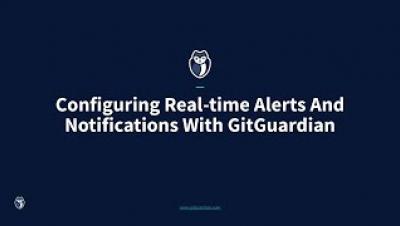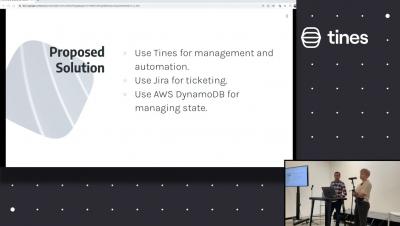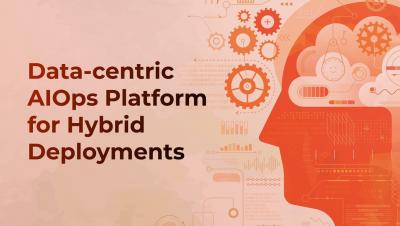Alerting
Level Up Your Cybersecurity with Risk-Based Alerting
Configuring Real-time Alerts with GitGuardian
Risk Based Alerts Using Lookup Tables
Under the Wing: Automating Workflows with Falcon Fusion
Future of Security Operations: Unifying & Scaling our Security Alert System Using Tines
Understanding alert overload part 2: How no-code automation can transform your security team
In a previous post, we discussed how alert overload can cripple security teams and prevent them from effectively detecting and responding to threats. In this post, we explore how no-code automation can help reduce the burden of alerts while providing the visibility and connectivity your organization requires. It's critical to have robust security solutions that not only help you detect but also block serious attacks before they cause any damage.
Understanding alert overload part 1: Why security teams are drowning in disconnected data
In cybersecurity, it's easy to feel like your successes don't matter. After all, if things go wrong and a failure happens, that’s a lot more likely to make front-page news. Media coverage of high-profile breaches is growing, even for companies that have invested heavily to build up their security programs. Security breaches are never fun, but they're even less enjoyable when you know that your company could have done something about it.
Prioritize Alerts and Findings with Sysdig Secure
If you work in Security or Operations, you are surely familiar with the concept of “alert fatigue.” Alert fatigue Syndrome is the feeling of becoming desensitized to alerts, causing you to potentially ignore or minimize risks and harming your capability to respond adequately to potential security threats.










